
Today, the Department of Energy awarded a new small business set-aside contract to provide continued occupational medical services to thousands of Hanford Site employees to Inomedic Health Applications, Inc. (IHA), a small disadvantaged and woman-owned bu
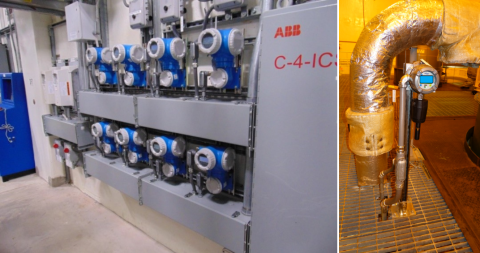
Recent upgrades to EM’s facilities that convert depleted uranium hexafluoride (DUF6) to more stable compounds for reuse or disposal are delivering improved safety, reliability, operational efficiency and cost-effectiveness.
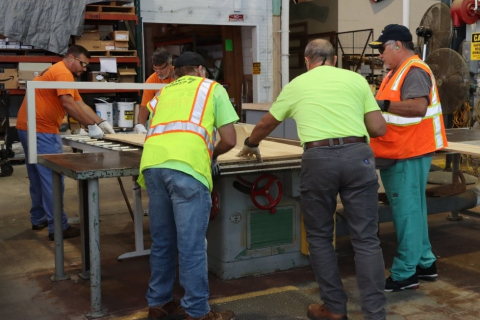
PIKE COUNTY, Ohio – Ergonomics, the study of people's efficiency in their work environment, is paramount to working safely, whether in the office or in the field.
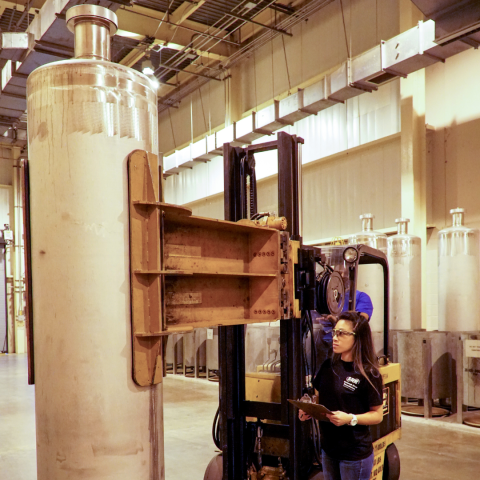
EM’s liquid waste workforce at the Savannah River Site (SRS) recently surpassed 10 million safe working hours, proving that embracing a culture that puts safety first helps prevent serious injuries.
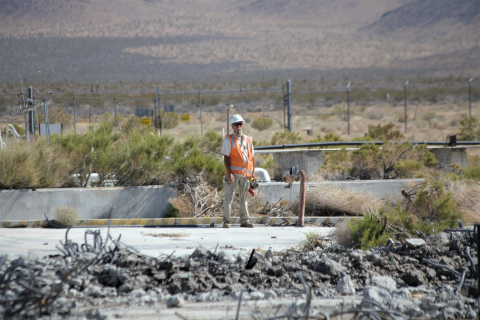
Radiological control technicians (RCTs) are integral to cleanup and remediation performed by the EM Nevada Program at the Nevada National Security Sites (NNSS), yet they can go unnoticed in day-to-day operations.
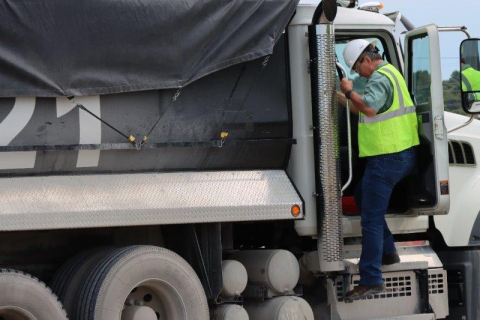
EM’s Portsmouth Site recently achieved a cleanup milestone with the last load of X-326 Process Building debris placed in the On-Site Waste Disposal Facility (OSWDF).
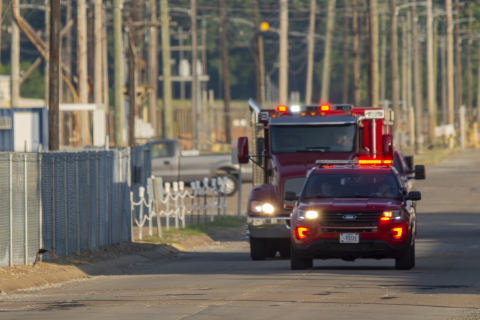
A local fire chief recently praised the EM Paducah Site’s fire department for the team’s community-minded approach to emergency response.
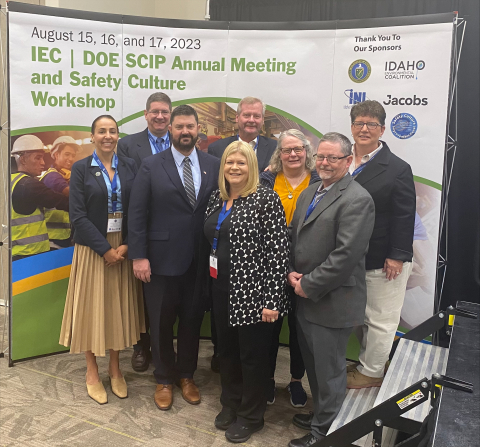
EM’s Idaho Cleanup Project (ICP) and contractor Idaho Environmental Coalition (IEC) last week hosted the 2023 DOE Safety Culture Improvement Panel (SCIP) Annual Meeting and Safety Culture Workshop.
Classified records from the start of the Manhattan Project arrived safely at the U.S. National Archives and Records Administration near Washington, D.C.
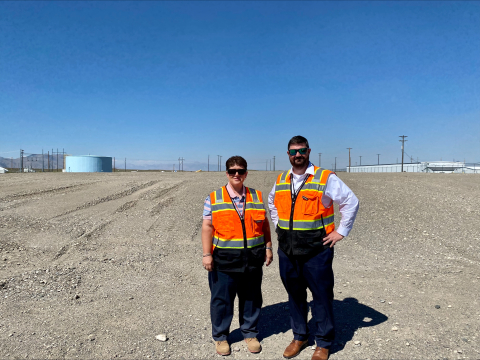
The legacy of a pit that held radioactive and hazardous waste for 56 years at DOE’s Idaho National Laboratory Site has ended.

